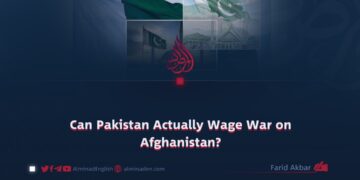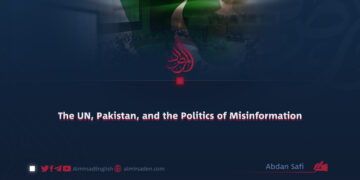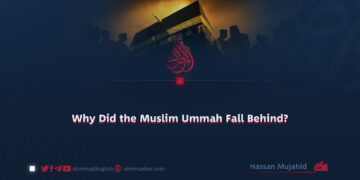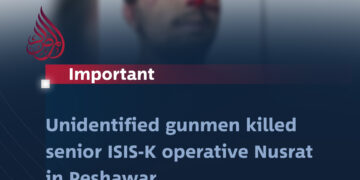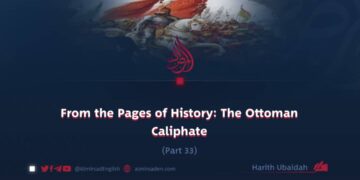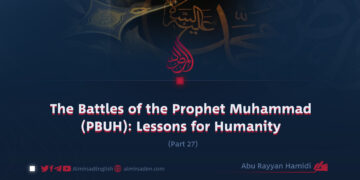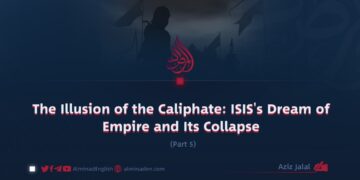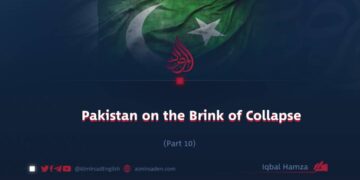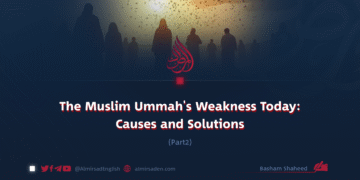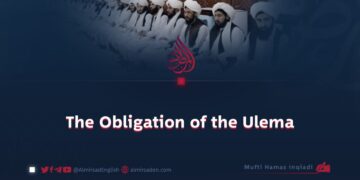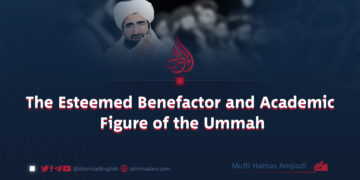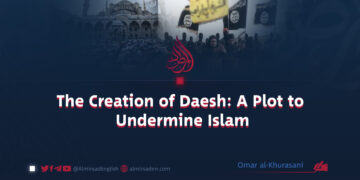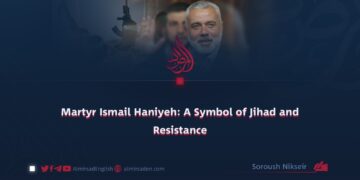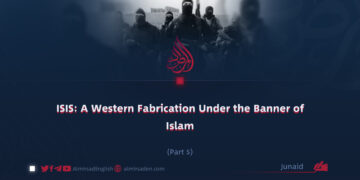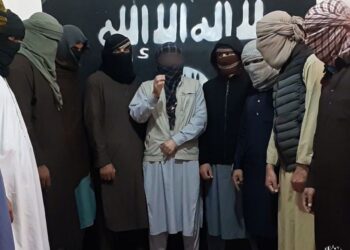Part II (Final)
Author: Walid Nizam
It must not be forgotten that following the abolition of the Ottoman Caliphate by Atatürk in 1924, numerous attempts were made to revive the Caliphate and restore Islamic governance—especially among the Ahl al-Sunnah (Sunni Muslims), for whom it remained a critical necessity. However, these efforts largely proved fruitless. Among them were various Kharijite movements and individuals who also sought this goal. Perhaps their latest incarnation emerged in the form of an extremist and terrorist group, which adopted this path but left behind a legacy of violence and bitterness through its heinous actions.
In Islamic society, the Caliphate is both a political and ideological framework for governance, as outlined by Sunni jurisprudence. It signifies succession, wherein the Caliph serves as the representative of Prophet Muhammad (PBUH) in safeguarding the religion. It is both a spiritual and worldly concept—an ideal system in which justice, ijtihad, mental soundness, physical fitness, political insight, bravery, and Qurayshi lineage are essential traits for a Caliph. His authority must be established through allegiance (Bay’ah) granted either by the general public or by the Ahl al-ḥall wa-al-‘aqd (people of authority and decision-making).
As previously noted, the claim of ISIS in declaring a caliphate was, in fact, a major fitnah, supported covertly by intelligence agencies from European nations and the United States, as well as figures with Christian inclinations. Statements by Hillary Clinton, then U.S. Secretary of State, which have circulated widely in the media, shed light on America’s involvement in the formation of ISIS.
In parallel, Western media launched extensive coverage regarding the nature of Islam, the Islamic State, and the rise of ISIS—portraying the group as a legitimate Islamic movement and referring to it as the continuation of the Islamic caliphate. Some governments even facilitated logistical support, allowing ISIS recruits to move easily across otherwise heavily guarded European borders.
On the other hand, certain media outlets depicted ISIS as an extremist manifestation of Islam, using it as an excuse to mobilize against the religion itself. Their goal was to reinforce a long-standing narrative that Islam is, in their words, inherently extremist. This effort has further strengthened the Islamophobia campaign—an ideological project conceived by the United States and financially supported by European countries—spreading anti-Islamic sentiment across Western societies.
Ultimately, it can be said that from its inception, ISIS’s Kharijite movement employed various tools and strategies in different countries, particularly targeting youth, to manipulate them and further its destructive goals.
A central reason why ISIS exploited the terms “caliphate” and “caliph” was that many young Muslims, oppressed under Western-aligned regimes and dictatorial systems, had grown deeply disillusioned. So-called Muslim leaders have continuously manipulated their nations’ histories, identities, and destinies. These youths were yearning for a signal or opportunity to stand in defense of their faith and values. ISIS exploited this emotional void, channeling it toward its own destructive objectives.
Over time, however, the barbarity and deception of this group have become so thoroughly exposed that even its original backers no longer trust it. The group now faces severe shortages in manpower and financial resources. In such a state, it is increasingly unlikely that ISIS will be able to continue exploiting the concept of the caliphate for political or ideological gain.
After its strategic defeat in Iraq and Syria, ISIS shifted focus to its Khorasan branch, anticipating it could spread turmoil there. But with the establishment of the IEA in the region, that aspiration has also been shattered. A strong military force now stands in its way, and, more importantly, public awareness and understanding of true Islam have reached a level that prevents people from falling prey to such deceptive propaganda and false claims.


